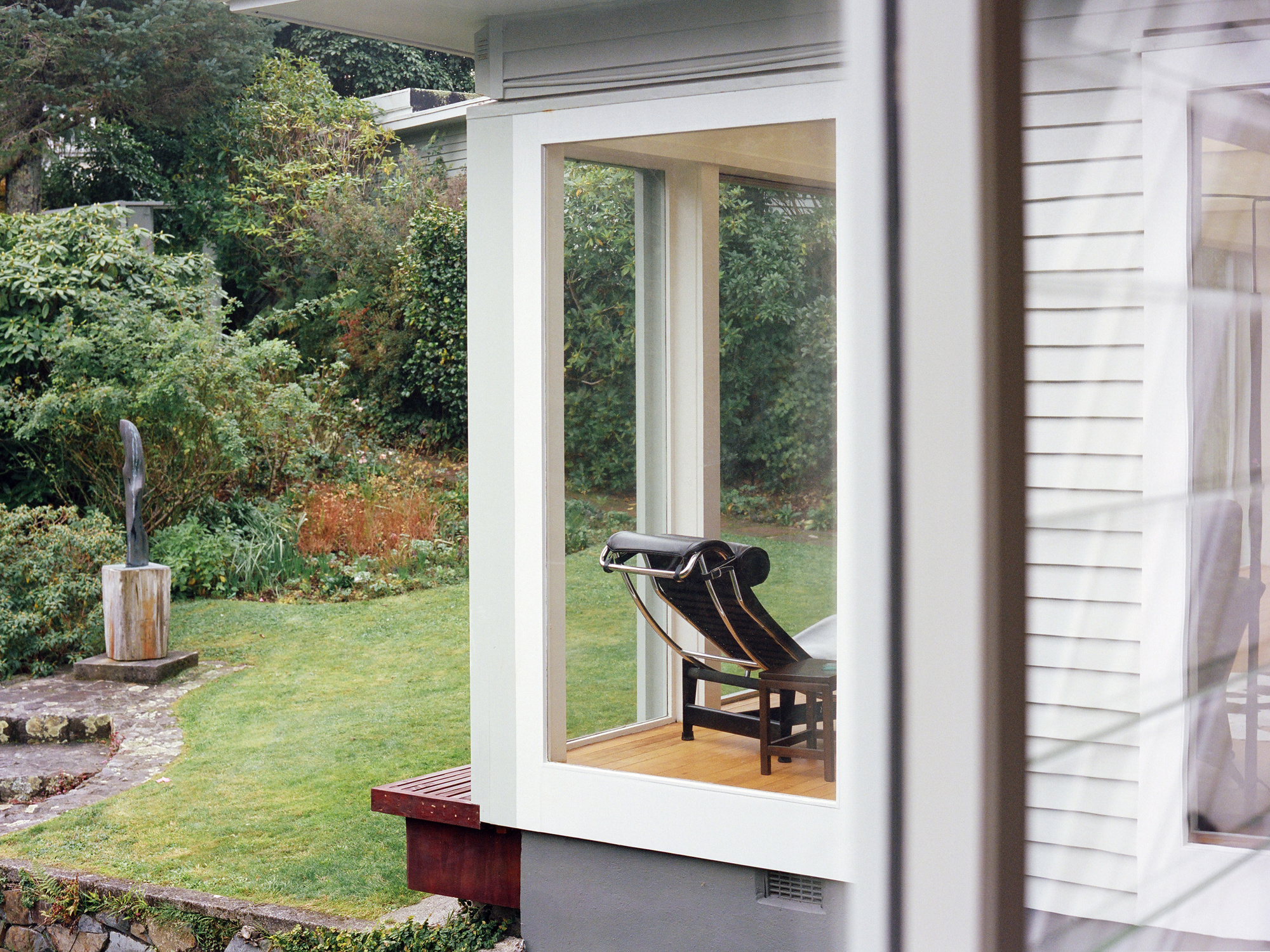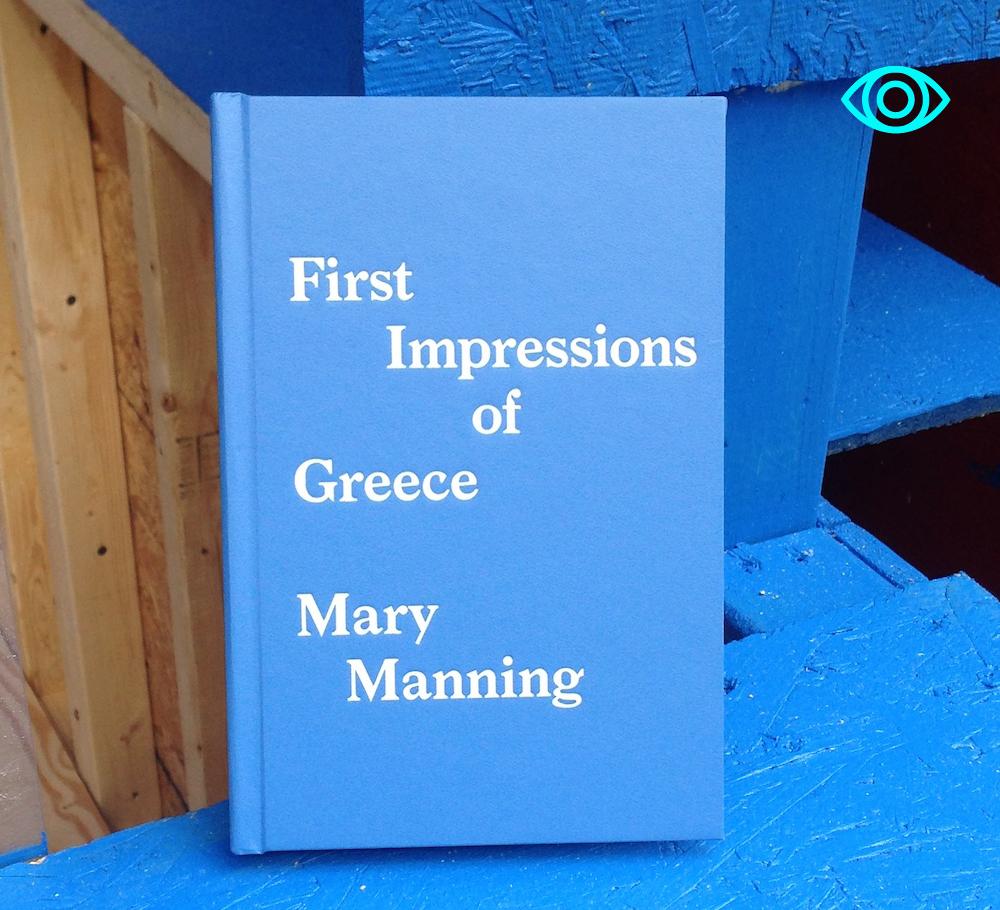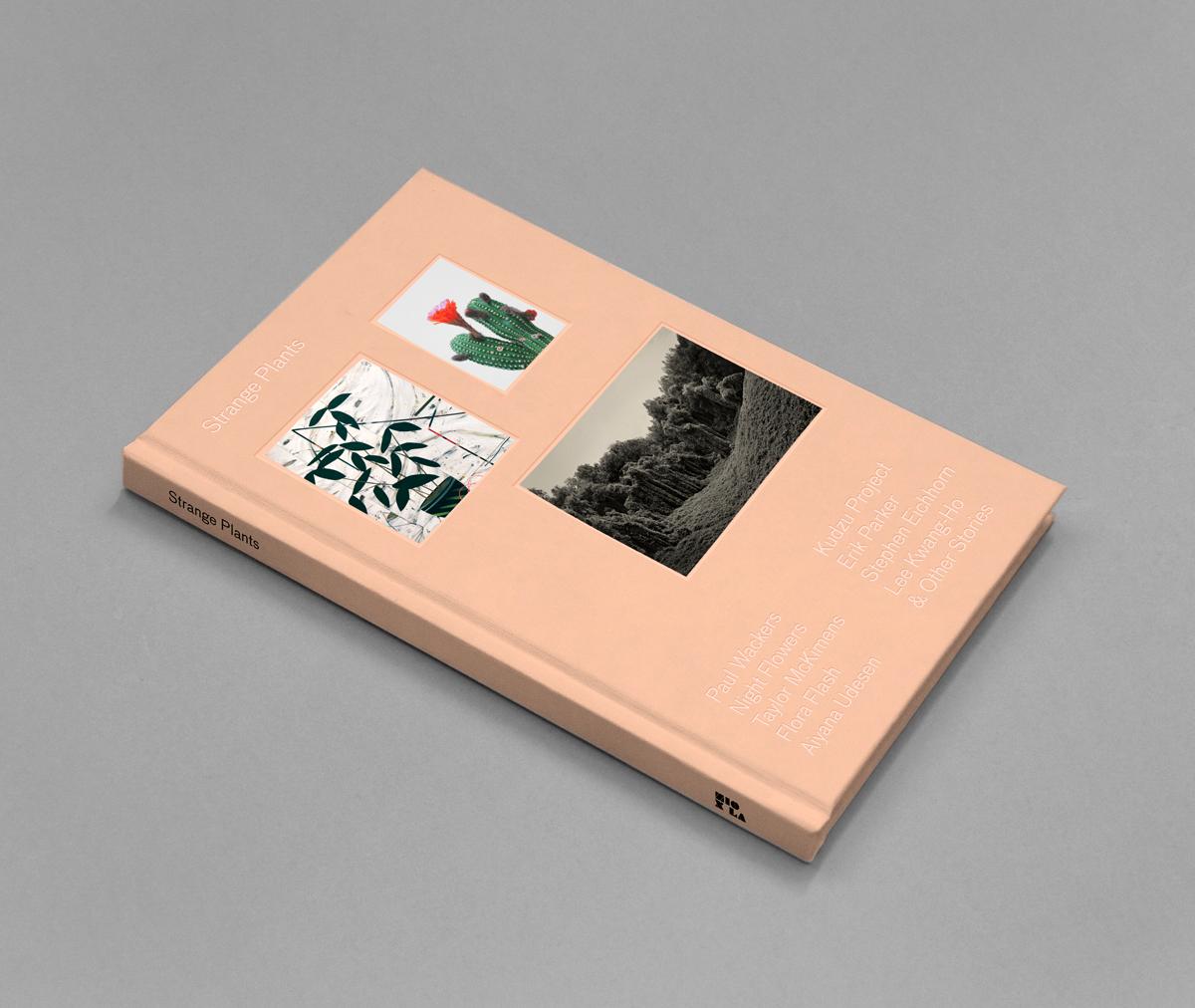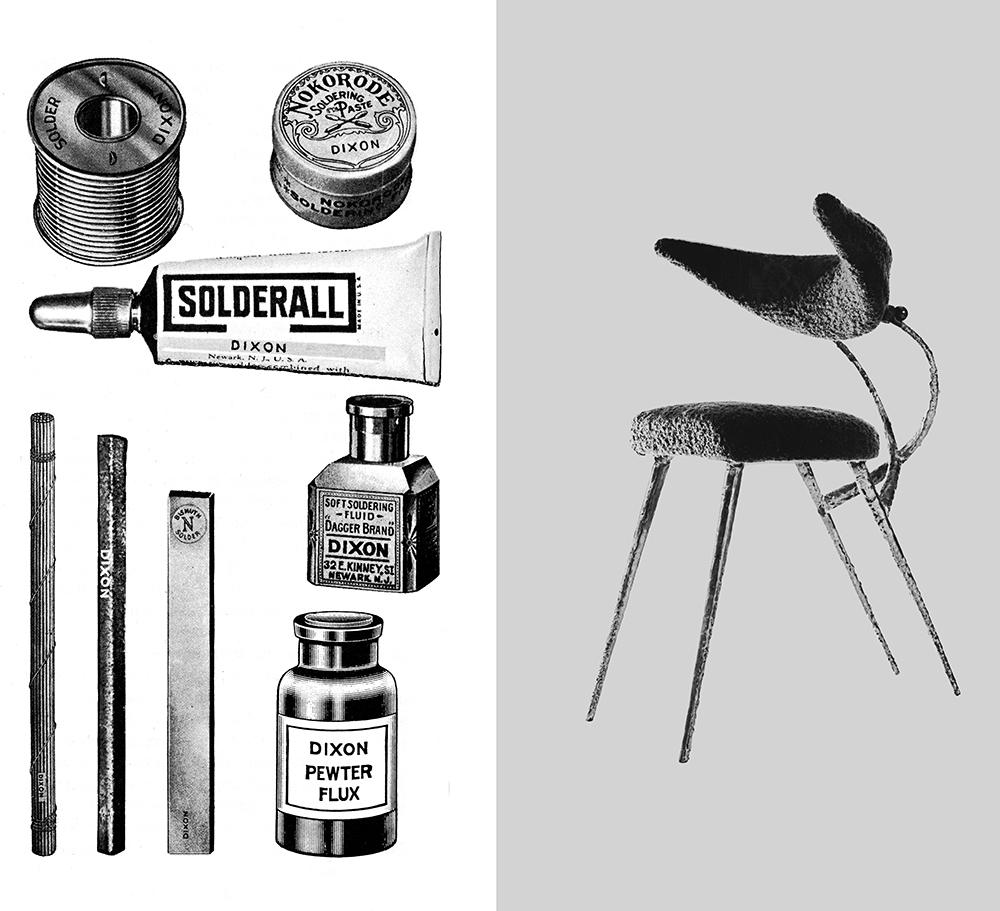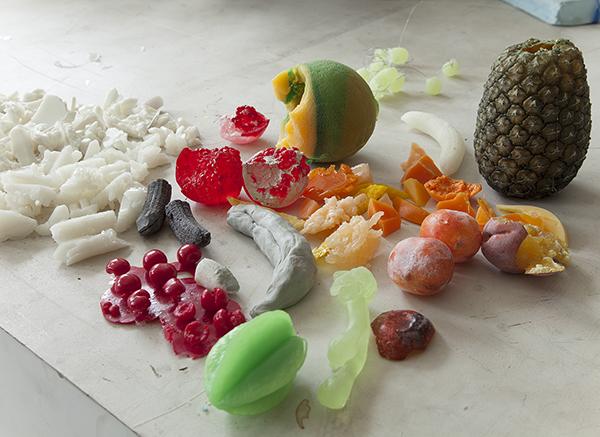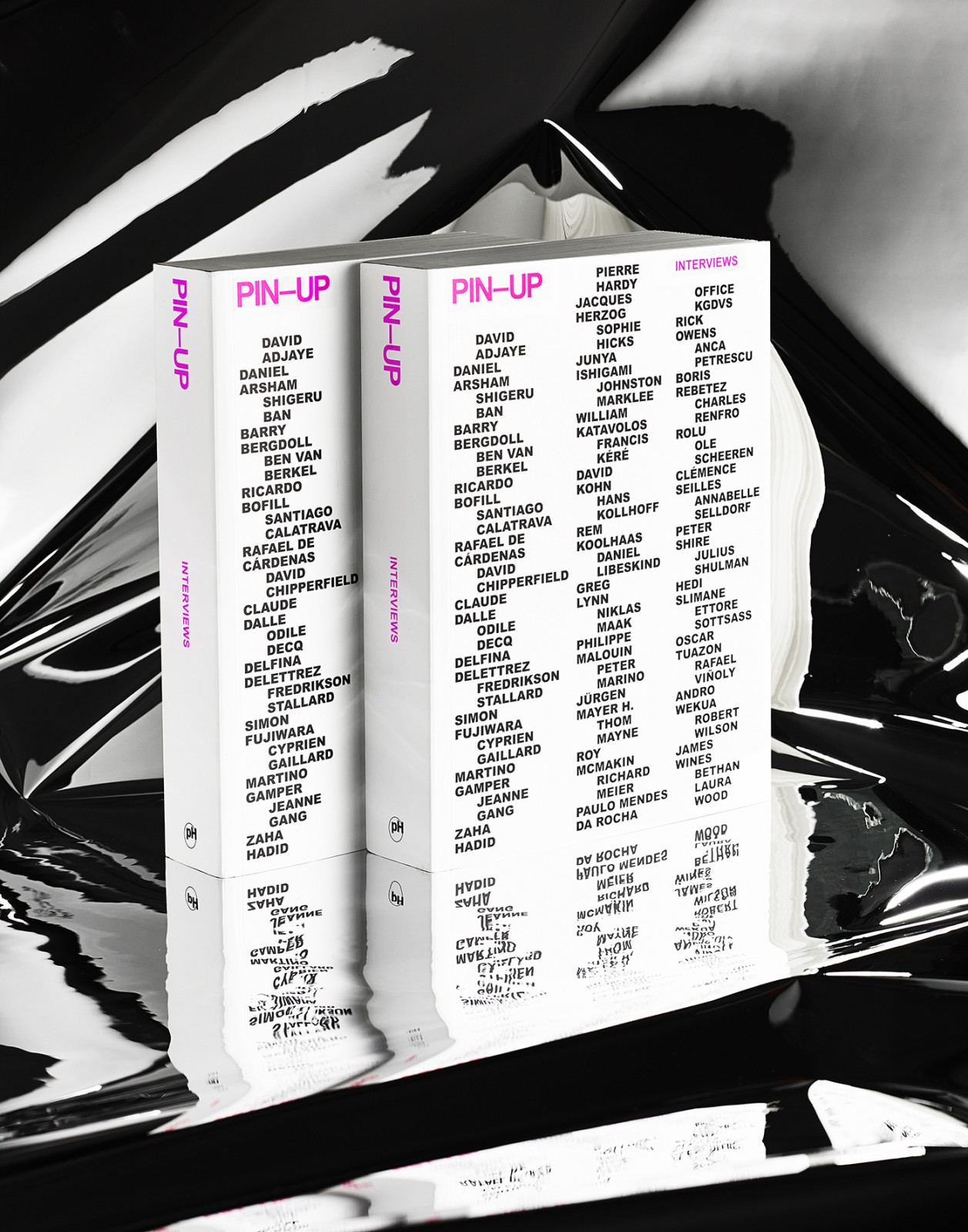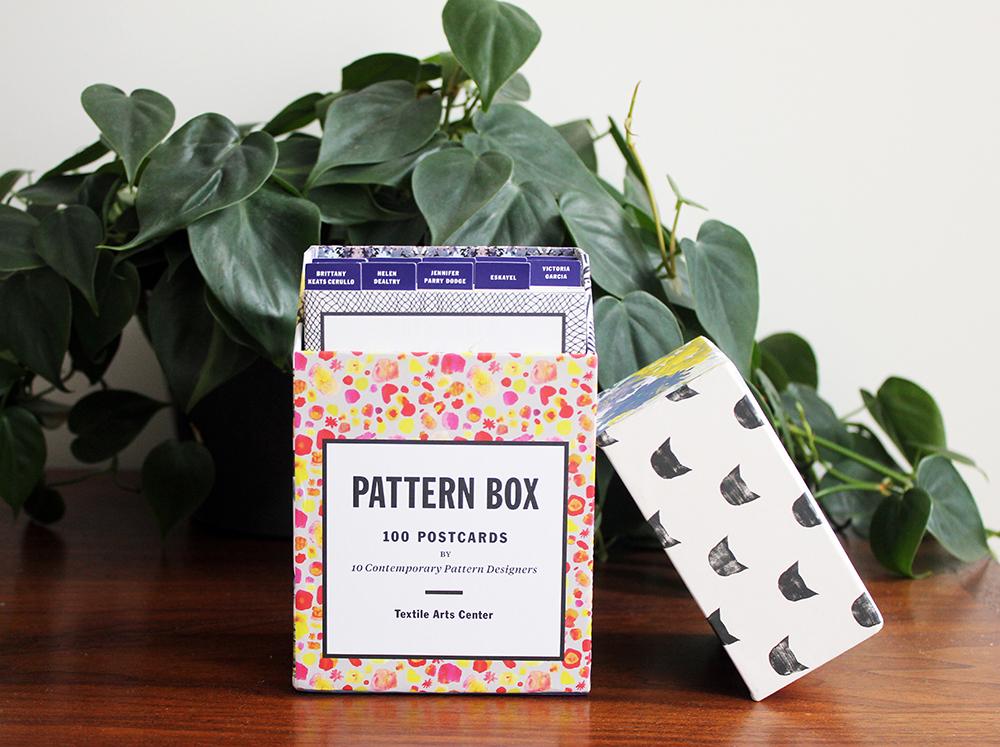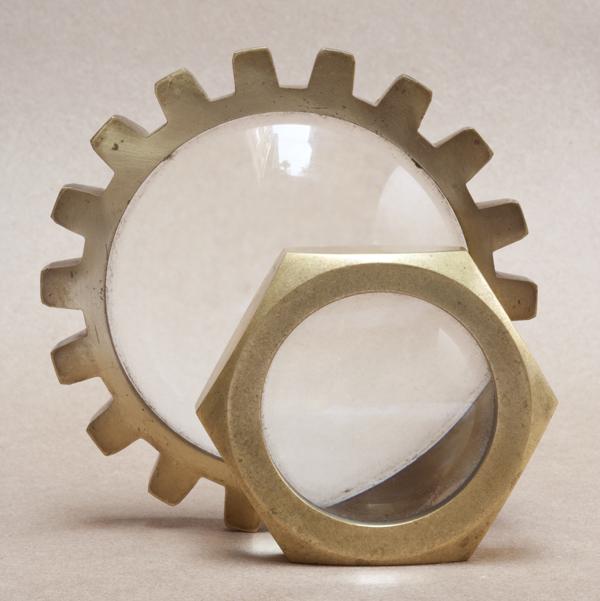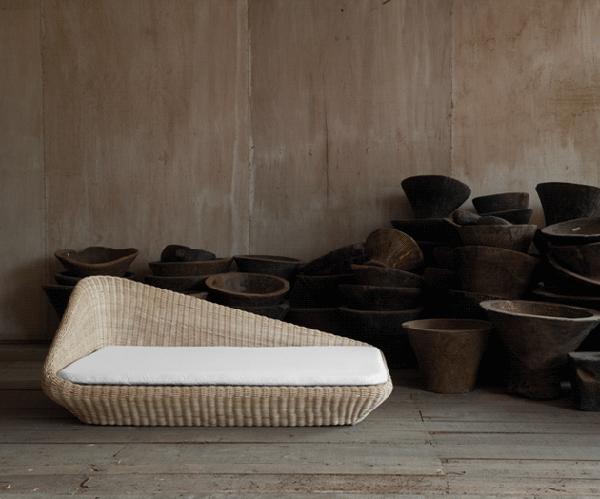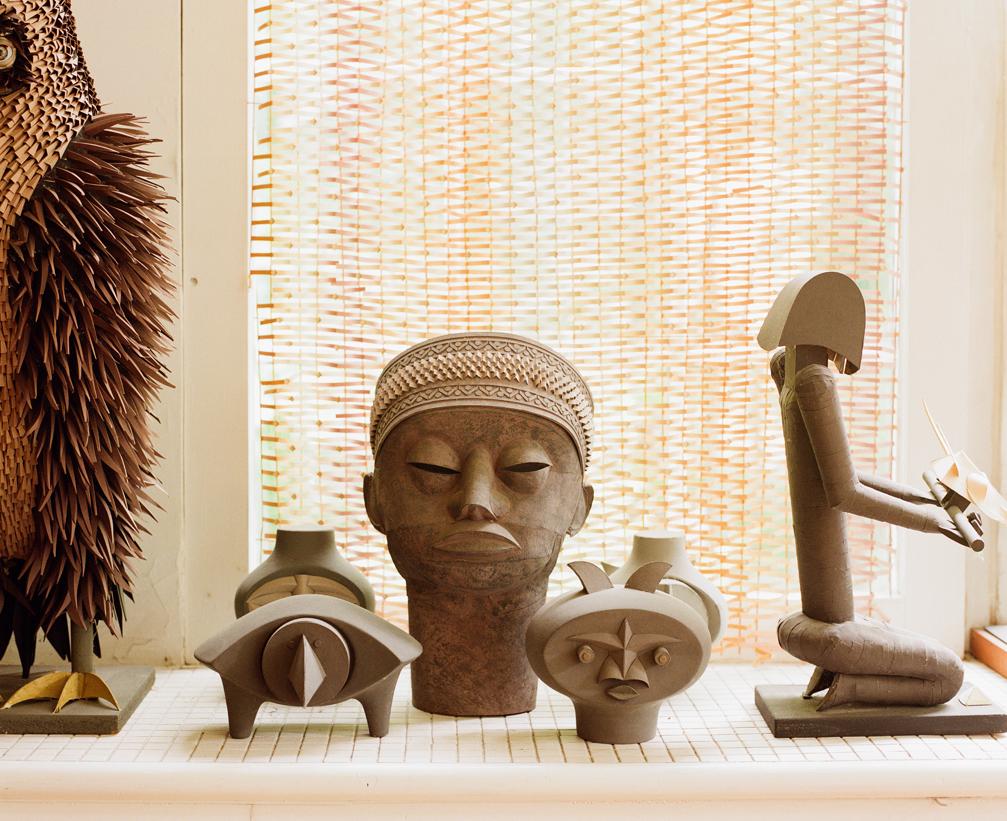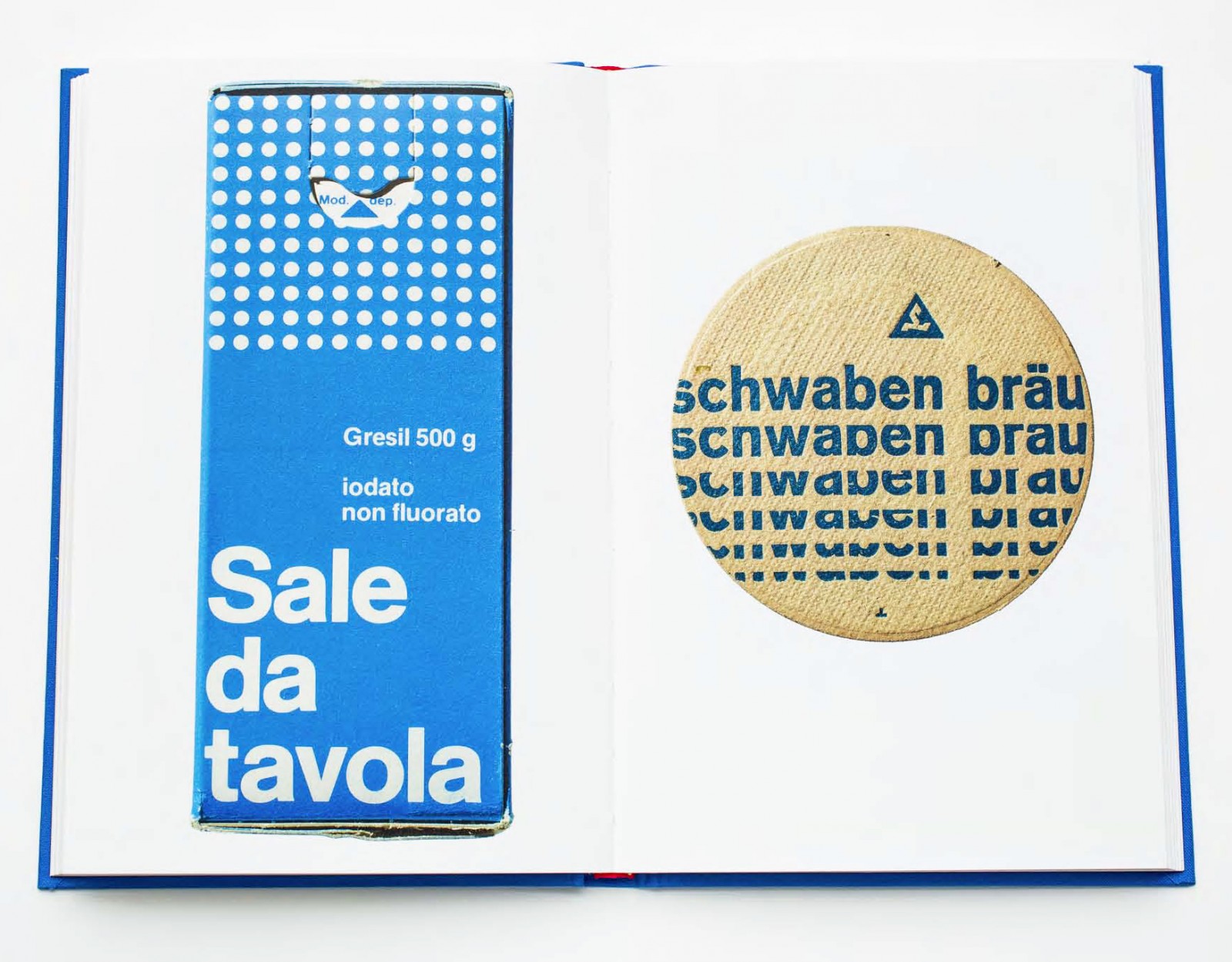
03.06.15
Excerpt: Book
A Designer’s Eye: Paul Rand
If there's anyone we'd trust to put together a beautiful book of ephemera, it's JP Williams, the New York–based graphic designer whose collections — of baseball cards, of balls of twine, of Swiss office supplies, and the like — are legendary. But Williams's first book doesn't in fact catalog his own accumulations from years past but rather those of the iconic graphic designer Paul Rand, who Williams used to visit at his home before Rand's death in the late 1990s. But, Williams writes, "it was not until visiting Mrs. Rand that I discovered Mr. Rand's cache of items that he had saved from his travels. A large variety of items: packages, shopping bags, dolls, toys. So many were unfamiliar to me. As soon as I saw them I asked then and there if I could have them photographed. I asked the photographer Grant Peterson to shoot all of these items in hopes of doing a book. Well, 18 years later, here it is."
